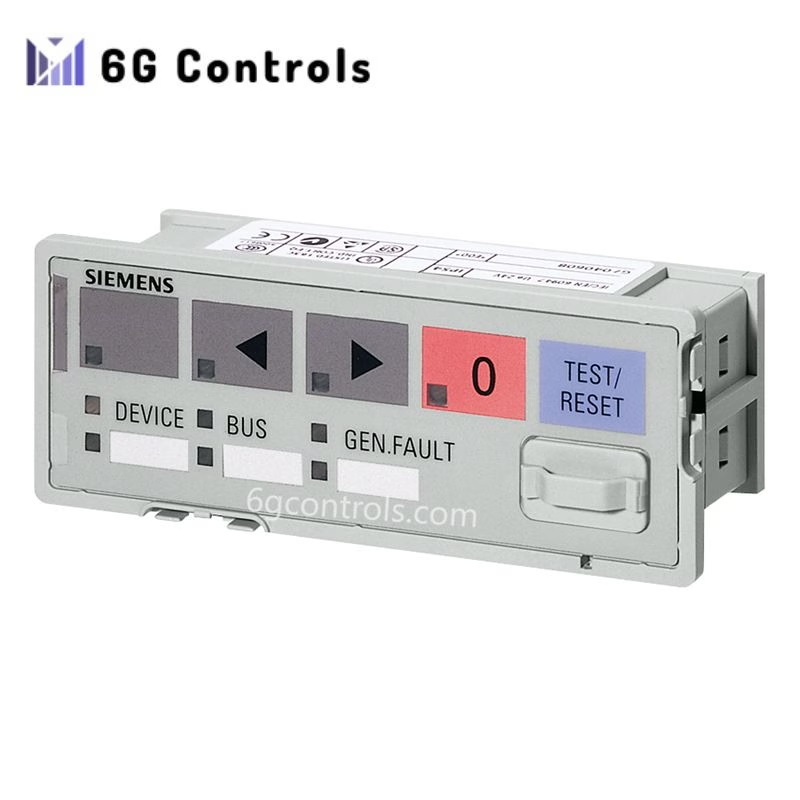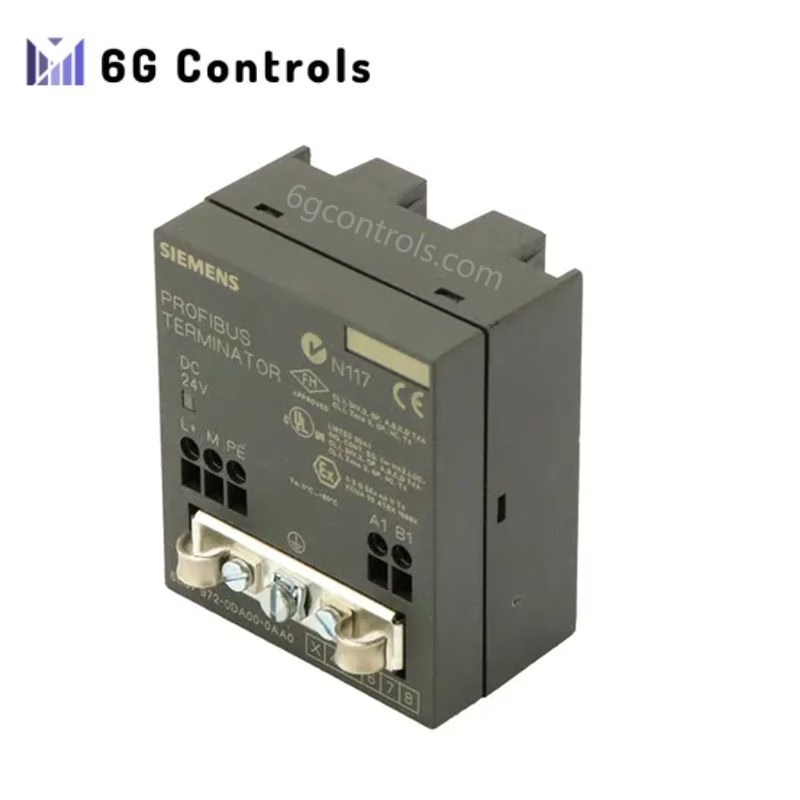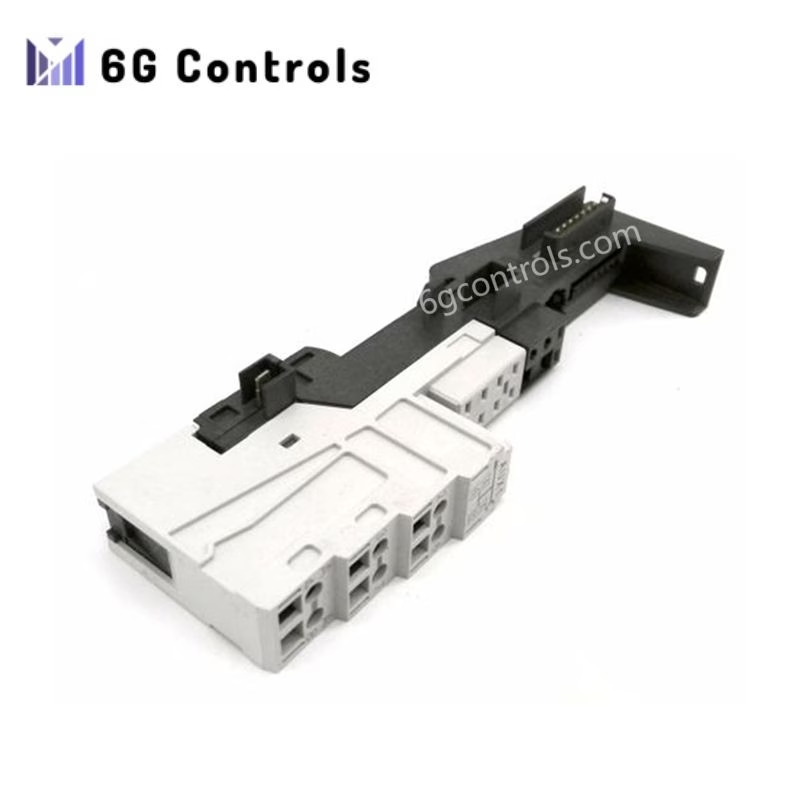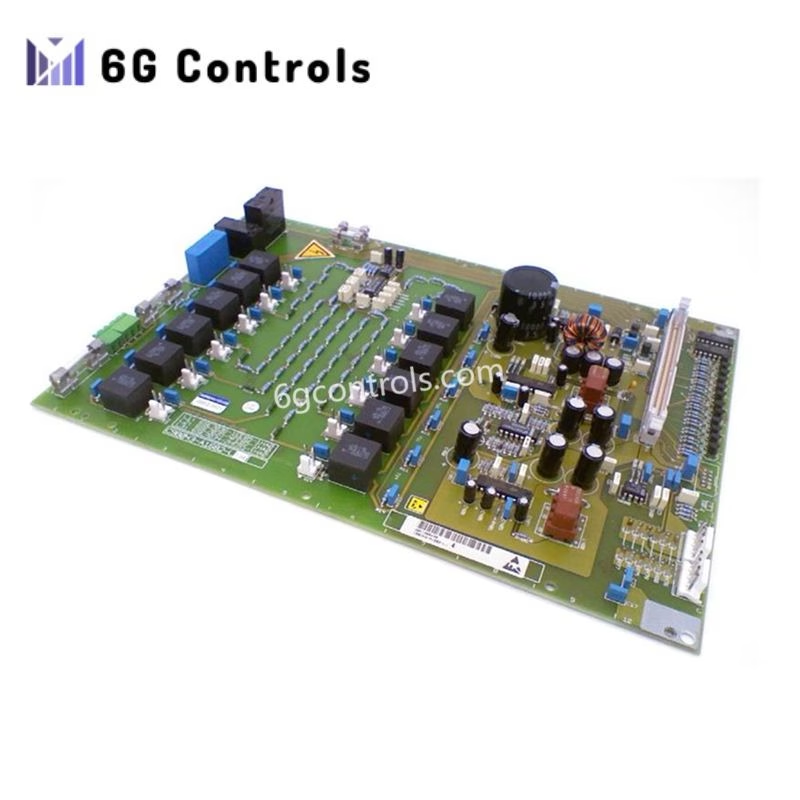The Allen Bradley 1756-A13 ControlLogix Chassis is a powerful and versatile solution designed for high-performance control system applications. With a 13-slot backplane, it offers flexibility, scalability, and compatibility with a range of modules and power supply options.
Superior Performance in Harsh Environments
The 1756-A13 ControlLogix Chassis is built to withstand the toughest industrial environments. It offers high-current capacity, isolation voltage, and a rugged design that ensures reliable performance even in harsh operating conditions.
Scalability and Flexibility
With its modular design, the Allen Bradley 1756-A13 ControlLogix Chassis offers scalable solutions to help meet your evolving industrial automation needs. The 13-slot backplane can accommodate a variety of modules, including I/O, communication, and specialty modules, making it an ideal solution for complex control system applications.
Easy to Install and Maintain
The ControlLogix Chassis is easy to install and maintain. Its front-facing module slots provide easy access to modules, while the removable power supply and cooling fans simplify maintenance and reduce downtime.
Conclusion
The Allen Bradley 1756-A13 ControlLogix Chassis is a reliable and high-performance solution for complex control system applications. With its superior performance, scalability, and easy maintenance, it is an ideal choice for industrial automation systems.
Q: What is the Allen Bradley 1756-A13?
A: The Allen Bradley 1756-A13 is a 13-slot chassis that is designed to be used with the ControlLogix family of PLCs.
Q: What are the features of the Allen Bradley 1756-A13?
A: The Allen Bradley 1756-A13 has a number of features that make it a good choice for a variety of industrial applications. These features include:
- Small footprint: The 1756-A13 has a small physical size that makes it easy to install in tight spaces.
- Wide range of I/O options: The 1756-A13 has a wide range of I/O options, including digital inputs, digital outputs, and analog inputs and outputs.
- Flexible programming: The 1756-A13 can be programmed using a variety of programming languages, including Ladder Logic, Structured Text, and Function Block Diagram.
- Durable design: The 1756-A13 is designed to withstand harsh industrial environments.
- Reliable operation: The 1756-A13 is a reliable chassis that is backed by a long warranty.
Q: What are the applications of the Allen Bradley 1756-A13?
A: The Allen Bradley 1756-A13 can be used in a variety of applications, such as:
- Machine control: The 1756-A13 can be used to control a variety of machines, such as robots, conveyors, and packaging machines.
- Process control: The 1756-A13 can be used to control a variety of processes, such as heating, cooling, and mixing.
- Building automation: The 1756-A13 can be used to control a variety of building systems, such as lighting, HVAC, and security.
- Data acquisition: The 1756-A13 can be used to collect data from a variety of sensors and devices.
Q: Where can I buy the Allen Bradley 1756-A13?
A: The Allen Bradley 1756-A13 is available from a variety of distributors. You can find a list of distributors on the Allen Bradley website.
Q: What is the warranty for the Allen Bradley 1756-A13?
A: The Allen Bradley 1756-A13 is backed by a five-year warranty.
Q: How do I install the Allen Bradley 1756-A13?
A: To install the Allen Bradley 1756-A13, follow these steps:
- Mount the chassis in a cabinet or rack.
- Connect the chassis to power and ground.
- Connect the chassis to the PLC using the provided cables.
- Configure the chassis using the PLC’s software.
Q: How do I use the Allen Bradley 1756-A13?
A: To use the Allen Bradley 1756-A13, follow these steps:
- Configure the chassis using the PLC’s software.
- Write a program that uses the chassis to control devices.
- Upload the program to the PLC.
- Start the PLC.
Q: What are some common problems with the Allen Bradley 1756-A13?
A: Some common problems with the Allen Bradley 1756-A13 include:
- The chassis does not power on.
- The chassis does not communicate with the PLC.
- The chassis’s I/O ports are not working properly.
 6G Controls - Leading Supplier of New & Original PLC 、DCS Parts and Automation Controller
6G Controls - Leading Supplier of New & Original PLC 、DCS Parts and Automation Controller

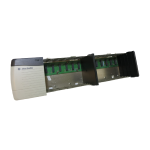
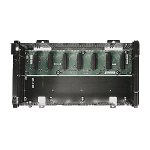
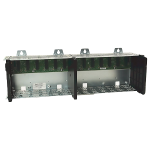
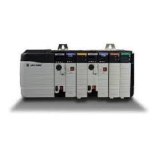
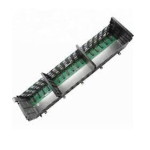

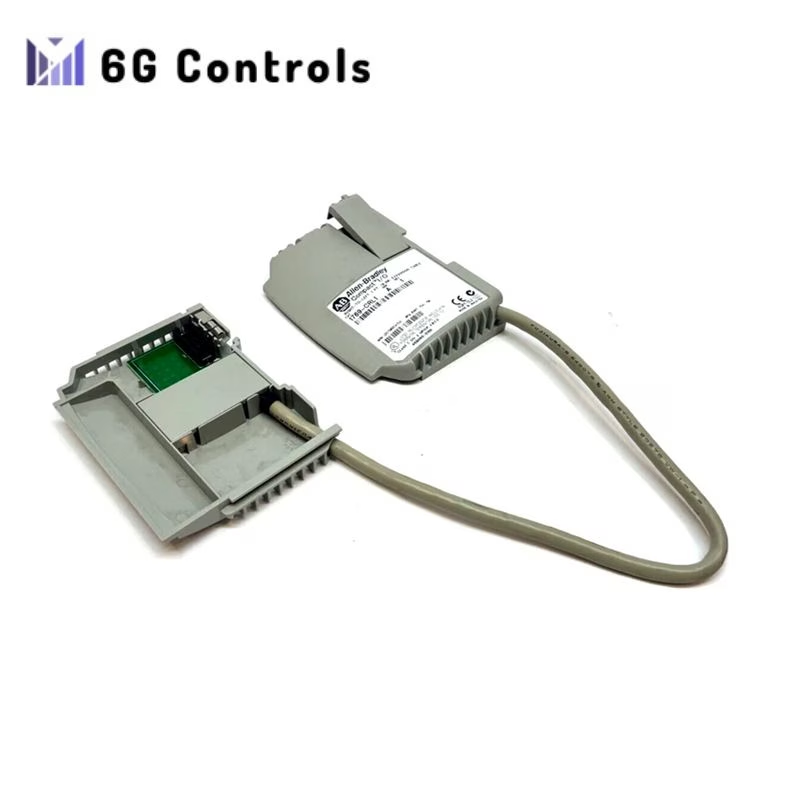
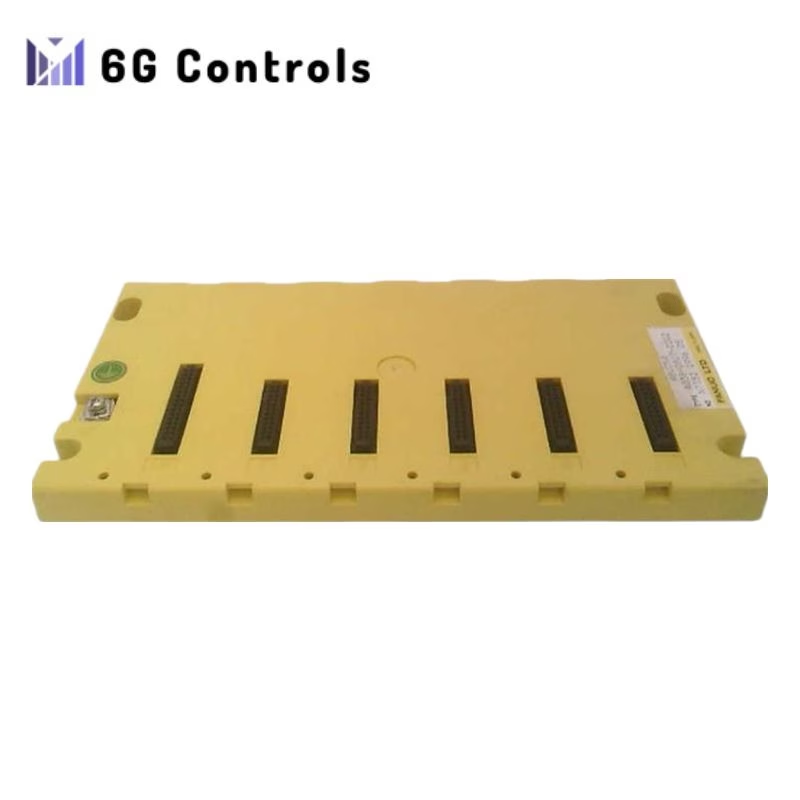
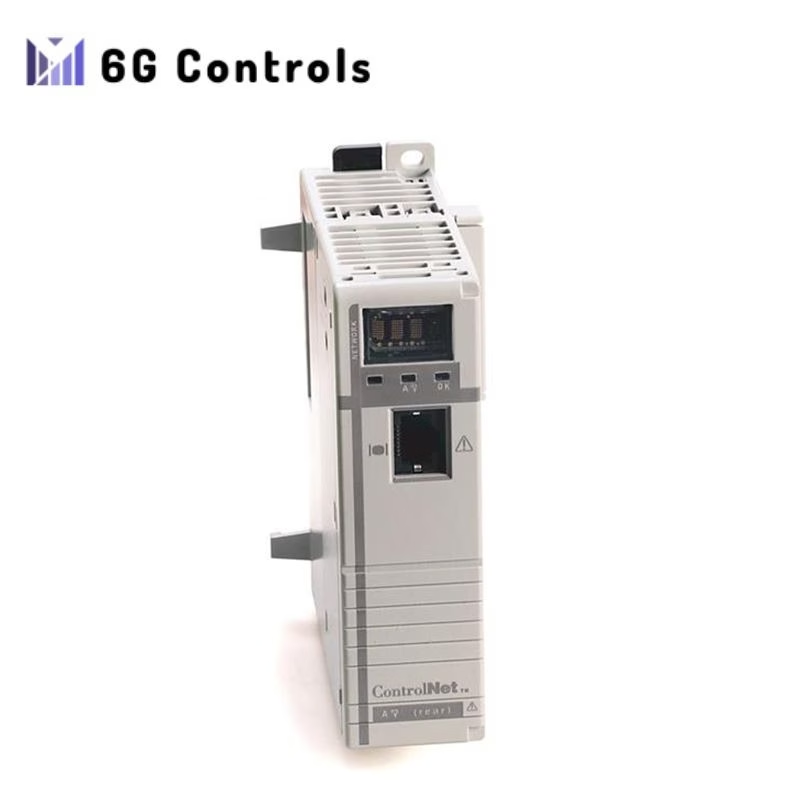

.jpeg?w=300&resize=300,300&ssl=1)
